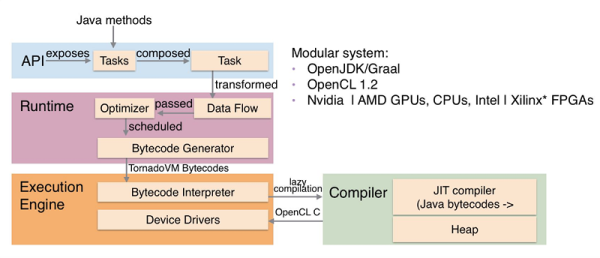It’s a trope among thriller writers; the three-word apocalyptic title. An innocuous item with the power to release unimaginable disaster, which of course our plucky hero must secure to save the day. Happily [Sylvain Lefebvre]’s DOOM chip will not cause the world to end, but it does present a vision of a very 1990s apocalypse. It’s a hardware-only implementation of the first level from id Software’s iconic 1993 first-person-shooter, DOOM. As he puts it: “Algorithm is burned into wires, LUTs and flip-flops on an #FPGA: no CPU, no opcodes, no instruction counter. Running on Altera CycloneV + SDRAM”. It’s the game, or at least the E1M1 map from it sans monsters, solely in silicon. In a very on-theme touch, the rendering engine has 666 lines of code, and the level data is transcribed from the original into hardware tables by a LUA script. It doesn’t appear to be in his GitHub account so far, but we live in hope that one day he’ll put it up.
“Will it run DOOM” is almost a standard for new hardware, but it conceals the immense legacy of this game. It wasn’t the first to adopt a 1st-person 3D gaming environment, but it was the game that defined the genre of realistic and immersive FPS releases that continue to this day. We first played DOOM on a creaking 386, we’ve seen it on all kinds of hardware since, and like very few other games of its age it’s still receiving active development from a large community today. We still mourn slightly that it’s taken the best part of three decades for someone to do a decent Amiga port.

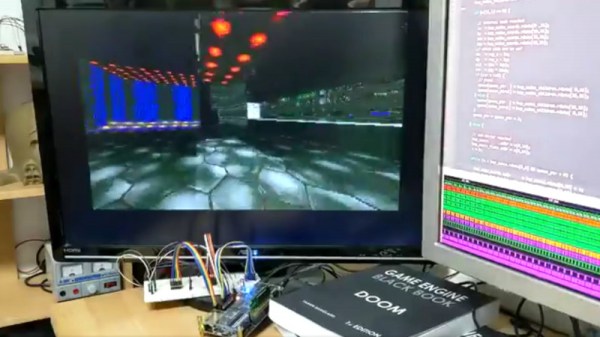
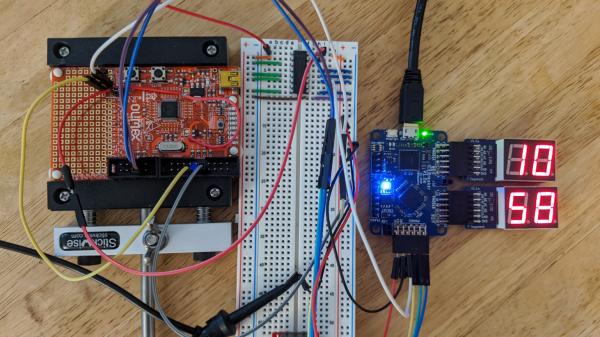
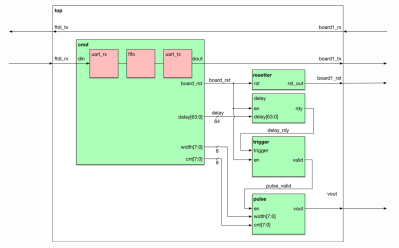
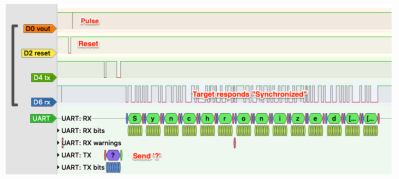
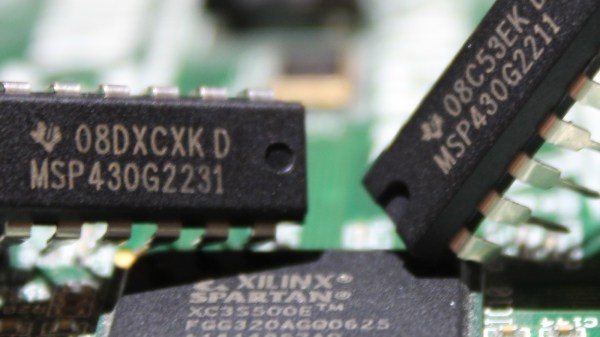
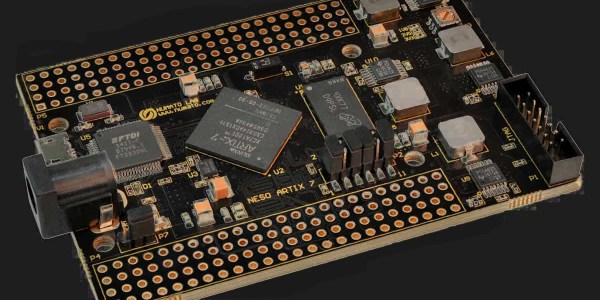
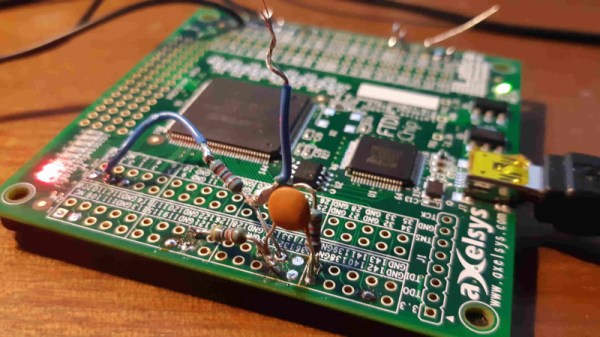
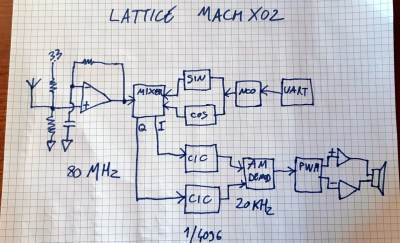 He describes it as an SDR, which given that it’s created from Verilog, is a term that could be applied to it. But instead of using an SDR topology of ADC and digital signal processing, it implements a surprisingly traditional direct conversion receiver.
He describes it as an SDR, which given that it’s created from Verilog, is a term that could be applied to it. But instead of using an SDR topology of ADC and digital signal processing, it implements a surprisingly traditional direct conversion receiver.
